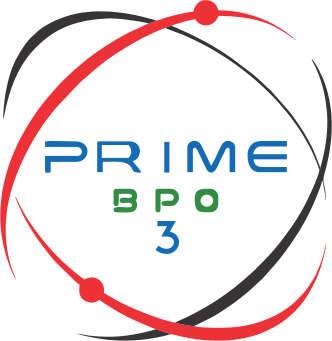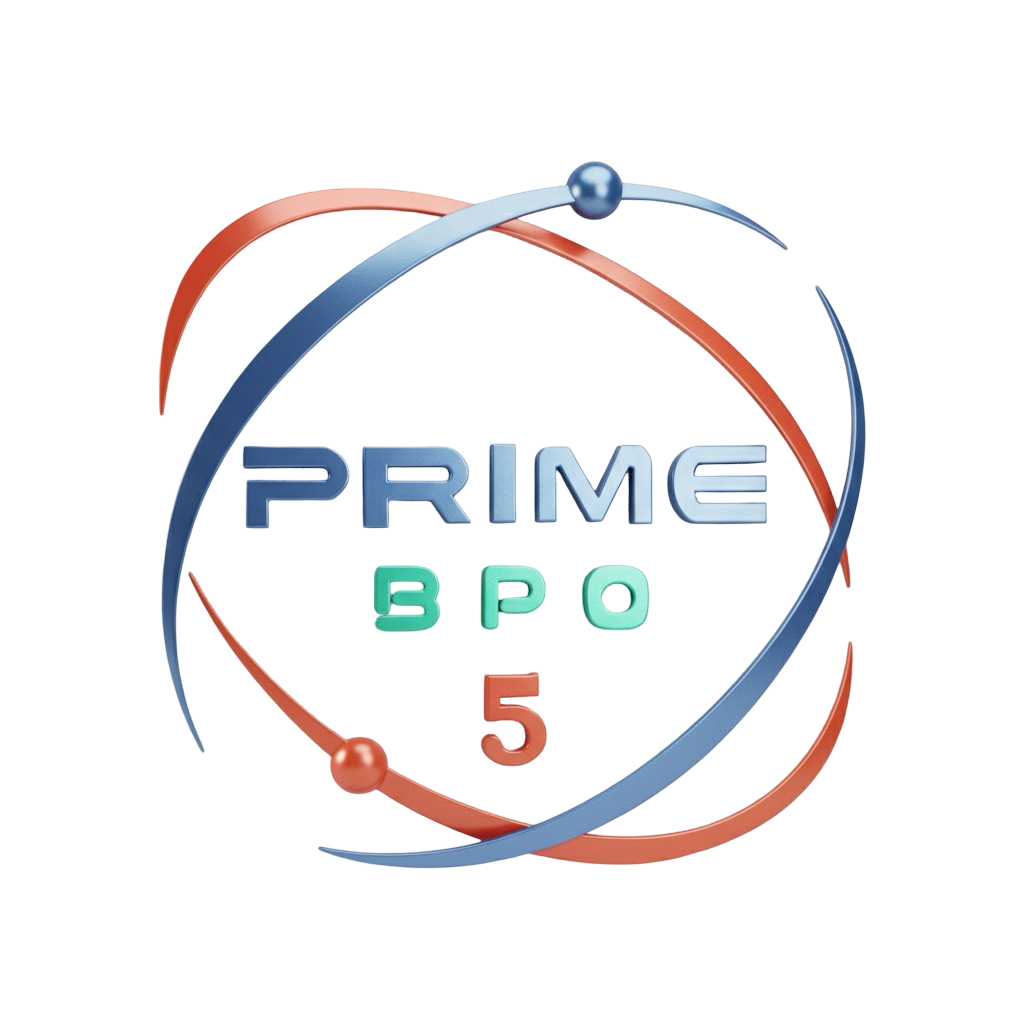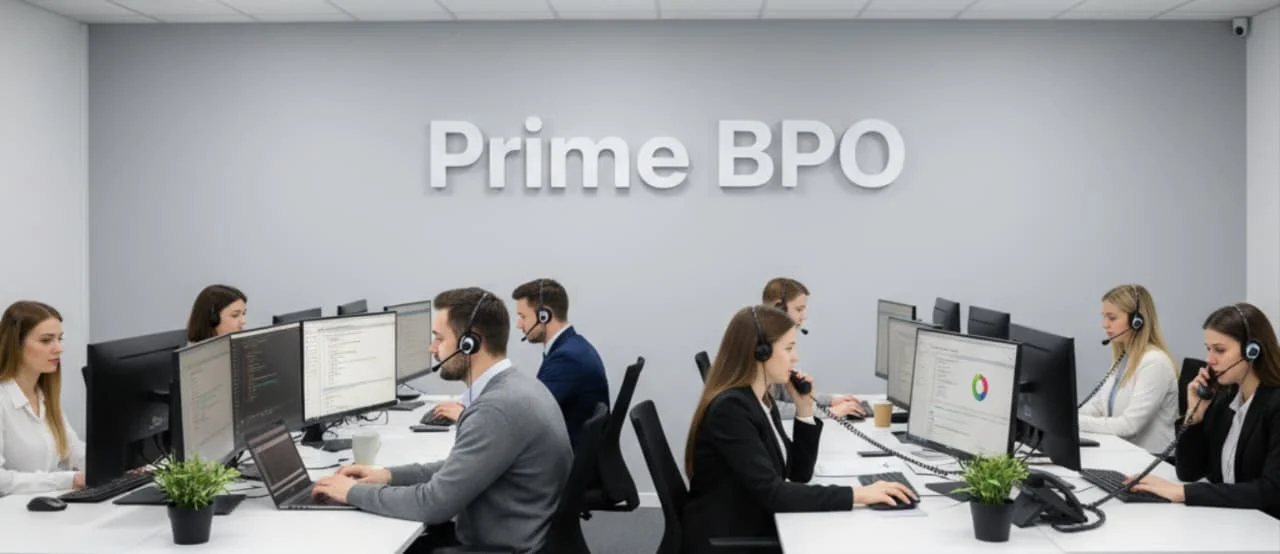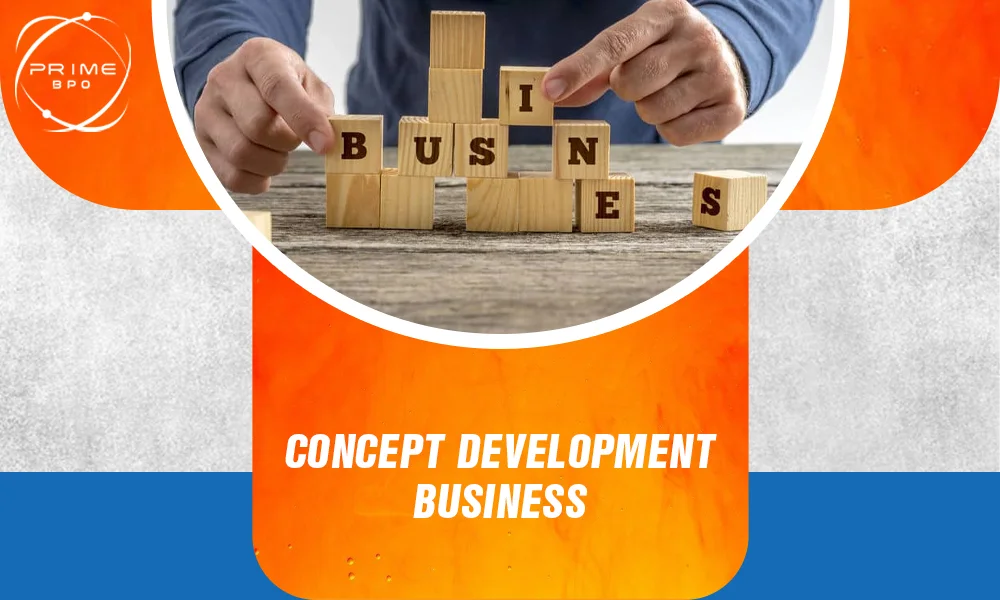Concept development is the part of the product development process where you will generate, evaluate, and refine your abstract ideas, turning them into a well-defined, practical, and actionable product design ready for prototype development. Extra steps taken during this phase will save time and money later on because moving forward is difficult and costly without a clear and well-developed concept. In this article, we will discuss how you can develop concepts using the Concept development business process.
What is a Concept development business?
Concept development business helps you evaluate your customers’ reactions to your product or service before your product launch. It is a structured way to develop an idea, see if customers like your idea, and determine what customer market is willing to buy it.
Get Free Quotes
Customized Options Await
The Concept development business process
The Concept development business process helps you focus on good product ideas so you don’t waste time and effort on a bad idea. The process includes:
- Brainstorming to create a pool of potential product or service concepts.
- Performing customer research to target your ideal customer.
- Estimating the market potential for your product or service concept.
- Creating a prototype for your product.
- Devising a marketing strategy.
- Performing test marketing.
- Evaluating your results.
The concept development process will help you prove the market feasibility of your product. As part of the process, you will use customer surveys to help you understand the best product features and ones that need improvement. You can also discover how much customers will pay for your product or test new concepts.
Throughout the Concept development business process, you will be trying to come up with an idea that solves a problem for your ideal customer. That idea will become a product or service that you sell to your target market.
What is the difference between a concept and an idea?
An idea is a general thought that does not have a clear definition or structure. It is a preliminary stage in the thought process that requires refinement to become a concept. On the other hand, a concept is more concrete and specific. They are well-defined and include a clear definition of what the idea is and what it entails. In short, an idea is a general thought, while a concept is developed and actionable. To convert your idea into a concept, you must follow the concept development process, which we outline later in this article.
Tips for Concept development business
Since we have developed hundreds of product concepts over the years, we have picked up a few tips and tricks along the way. Here are our most helpful tips for developing concepts:
- Clearly understand the problem before you begin, as it will help you focus your thoughts and help keep your ideas relevant and aligned with your goals.
- Encourage creative thinking and employ various brainstorming techniques to generate diverse ideas and concepts.
- Consider different perspectives, including everyone who will use or handle the product. Accounting for various groups’ needs and interests helps you generate well-rounded ideas.
- Gather information on consumers, market trends, and competitors, and use this information when brainstorming concepts.
- Always keep the customer in mind when conceptualizing by considering their needs, preferences, and requests.
- Collaborate with others and seek feedback on your concepts from your target demographic.
- Refine and test your ideas and make necessary changes and adjustments based on the results.
These tips for developing concepts can help you generate innovative ideas and turn those ideas into practical and successful products. But, of course, the specific techniques and approaches you use will depend on the context and the goals of your Concept development business effort.
Get Free Quotes
Customized Options Await
Understand Your Customer
Product development has cost both in terms of time and internal resources. If your addressable market is small, building something out may not be worth the price.
It’s better to learn that earlier rather than later.
Get to know your customers. What do they need? What problems do they face? Understanding your customer is the first step to creating something valuable.
Identify Customer Needs and Define the Problem
Identifying customer needs and defining the problem is like solving a puzzle. Look for gaps and unmet needs. If customers are struggling, that’s your opportunity. Clearly defining the problem helps keep your focus sharp. Remember, the clearer the problem, the better the solution.
Define Your Market and Competition
Product development has cost both in terms of time and internal resources. If your addressable market is small, building something out may not be worth the cost. It’s better to learn that earlier rather than later.
Once you’ve established that there’s a monetizable market above your costs, it’s time to look wider and check out the competitive landscape.
Is someone else already doing this?
Is there room for an alternative?
Is the barrier to entry too high?
Is there a gap in the market?
It’s not necessarily a deal breaker if the problem you aim to solve or the customer’s need has been met by another company, you’ll just have to differentiate your solution. Cell phones already existed before Apple dropped the iPhone, for example, and that worked out pretty well.
Brainstorm and Generate Concepts
Brainstorming is about quantity over quality at this stage. Throw out as many ideas as possible. Now it’s time to brainstorm. Think of your sessions as creating original content for your YouTube channel. Let ideas flow freely. Don’t judge them yet. Sometimes the most outlandish ideas lead to the best innovations. Just like how you transform transcripts into engaging videos, turn these raw ideas into potential gold.
Visualize the Concepts
Turn your best ideas into sketches or simple diagrams. This helps see what works and what doesn’t. It’s similar to creating a storyboard for your Quizzy content—seeing it laid out can reveal strengths and weaknesses you didn’t notice before.
Concept Screening
Evaluate your concepts critically. Pick the ones that best solve the problem and meet customer needs. This is where you separate the gold from the glitter. Just like how you carefully screen topics for your YouTube automation channel, be objective and honest.
Test the Concepts
Test your top concepts with a small group of customers. Gather feedback and see how they react. This real-world input is invaluable. Think of it as getting feedback on a video before it goes live. It’s better to tweak things now than face issues later.
Refine the Concepts
Use the feedback to improve your ideas. Make them stronger and more appealing. This iterative process ensures your idea becomes stronger and more viable. It’s like editing your videos based on viewer feedback to make them better and more engaging.
Development Decision
Decide which concept to develop. Choose the one with the most potential for success. Make sure it stands out in the market, just like a unique and compelling video among countless others. A well-informed decision at this stage sets you up for a successful launch.
The specific steps of concept development can vary depending on the context and the goals of your development effort, but the steps we have laid out above are a good starting place. Remember to approach the Concept development business process systematically, thinking critically, and relying on research and analysis. If done correctly, you will have two to three generated, vetted, and down-selected concepts ready for prototype development. If you need help getting started or would like some expert advice on concept development, contact us, and we would be happy to help.
References:
https://www.surveymonkey.com/market-research/resources/concept-development-guide/
https://dataworks-ed.com/blog/2014/08/concept-development-what-it-is-and-why-it-is-relevant/






